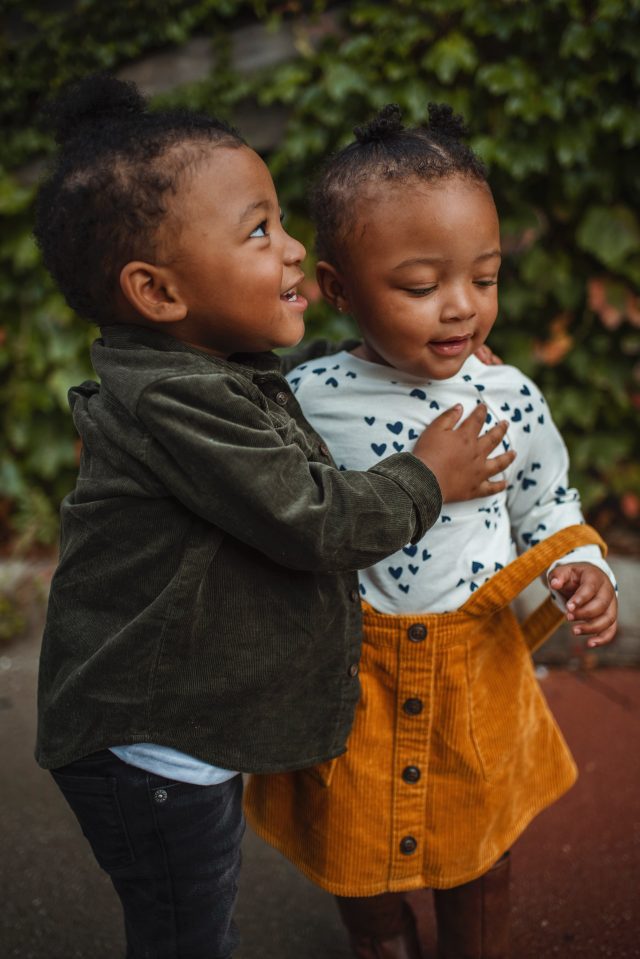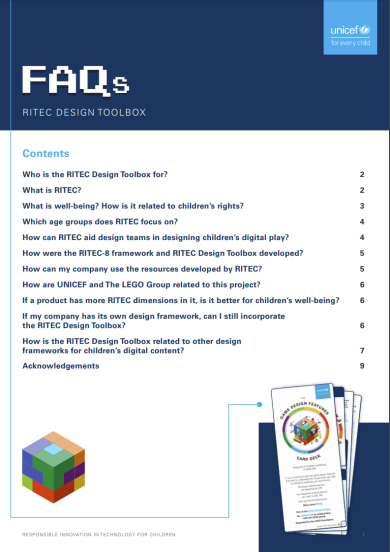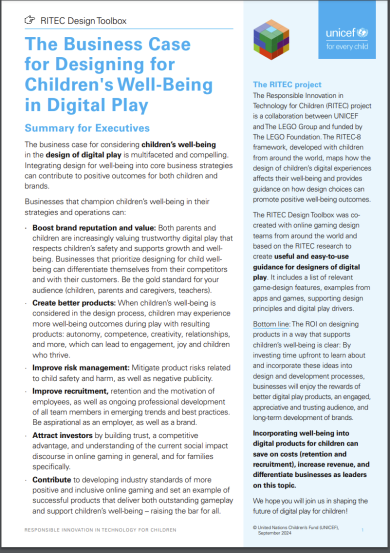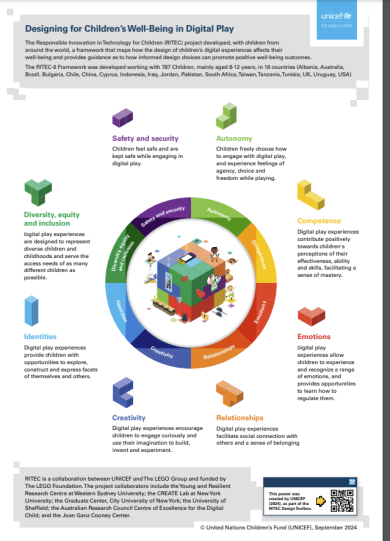What we are exploring?
Our research is exploring the positive benefits and opportunities that digital experiences offer children, and how these experiences can be designed with children’s well-being at heart.
What we are exploring?

How do digital experiences contribute positively to their wellbeing?
What elements of their design have the most impact?
How can we capture and use insights from children to optimize digital design in their best interests?
What measures could be put in place to ensure more digital experiences are an active force for good in children’s lives as they grow and develop in a digital era?
Phase 1:
what we have discovered
Following the first phase of research we have identified some important insights that are helping us to understand children and their own perspectives on digital experiences. These fresh insights could be the key to designing better digital experiences for children to increase their well-being both on and offline.
Phase 2: testing the well-being framework with children
Phase 2 of the project tested the RITEC framework in real world experiments with children and young people in seven countries around the world. Focusing on digital play experiences, researchers observed kids in their home environments, looked at kids’ biometric reactions to game play and tracked kids’ well-being responses to playing specially selected games.
The study shows that game designers have the power to positively impact children’s well-being and support their development by creating digital play that lets kids:
Phase 4:
RITEC Design Toolbox
Developed based on the RITEC research about children’s well-being in digital play, the RITEC Design Toolbox (RDT) provides designers with practical tools for incorporating support for children’s well-being into their design process.
It provides an overview of how to design for children’s well-being in digital play, including a list of relevant game design features.
It consists of four components, best explored in the following order:



